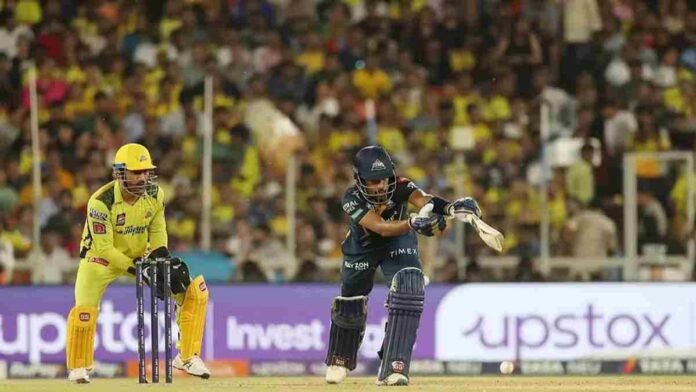The Duckworth-Lewis approach is used to calculate target scores in cricket, taking into account the number of overs and wickets available. Find out all you need to know about Par Score in Cricket as per DLS Method.
The Duckworth-Lewis approach, also referred to as the D/L method, was developed for the purpose of calculating target scores in the sport of cricket by two English statisticians by the names of Frank Duckworth and Tony Lewis. It has been a corporation since 1997, and in 2014 it was changed to be known as the DLS Method in the name of the current custodian, Steven Stern. The DLS approach takes into account the only two resources available in a game of cricket: the number of overs and wickets that are still available.
The worth of these two resources is calculated as a percentage with the assistance of a growing mathematical data set. Even though this system cannot obviously take into account the reputation or ability of the team that is chasing the target when it calculates revised targets for that team, it does take into account the team that is batting first and the likely aggressive approach they will take to their innings (before the match interruption) if there is a reduction in the number of overs at any point in the match.
The DLS objective for the side that is pursuing the score is determined with the use of a formula for at least five overs in a T20 match and for 20 overs in an ODI match.
What Is Considered to Be an Acceptable Score in Cricket Using the DLS Method?
The formula for calculating Team 2’s par score is as follows: Team 2’s score equals Team 1’s score multiplied by (Team 2’s resources divided by Team 1’s resources).
The objective that the team that was chasing should have attained or had reached before the play was stopped for any reason is referred to as the par score. This target is the score that the team that was chasing should have reached.
Therefore, if the team has a score that is higher than this par score after the completion of a certain number of overs, then they are regarded to have won the match if further continuation of play is not feasible from that point onward.
While the pursuit is going on, this DLS target will keep changing after virtually every other delivery if the match continues interrupting. This is something that should be mentioned because it is important information. For instance, if a team loses a wicket or two while trying to stay up with the par score, the revised goal for the following over will climb since the ‘wickets left’ (the remedy) have further decreased. This is because the team has less options available to them.
In order for a match to reach a conclusion, there must have been at least five overs of bowling done during the chase in a T20 game, and there must have been at least 20 overs of bowling done in an ODI competition.




